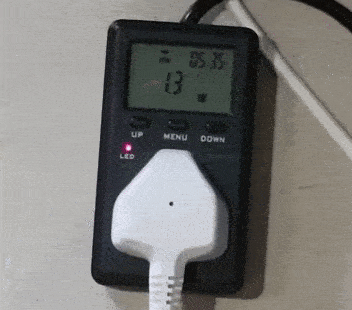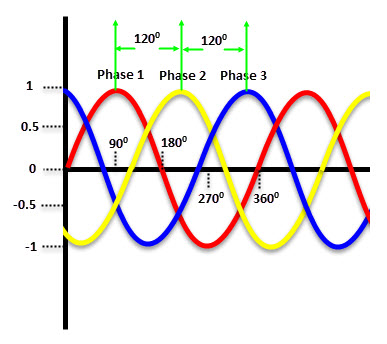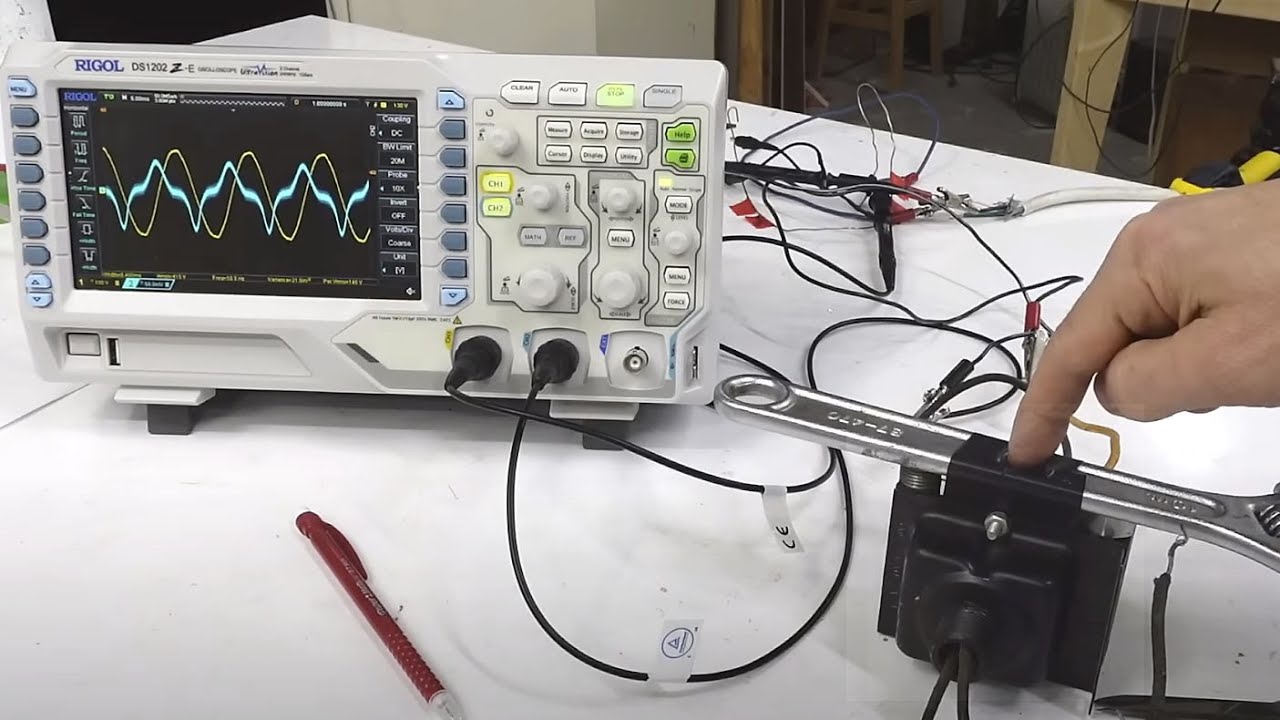My Defy freezer has an energy consumption rating of 310 kWh/year which means it is drawing about 1kWh per day and thus upon start up, with the the surge rating it should be around 3kW. Surely this is not right? What is the average consumption upon start up for a 254L deep freezer.
I’m not sure how you get from 1kWh per day to 3kW in-rush.
Check the wattage of the appliance. Multiply by 6-8.
Your calculations are a bit rough.
310kWh per year = 0.84 kWh per day = 0.035 kWh / hour
Meaning if it runs for the whole hour, it consumes about 35w continiously.
But more likely it has a duty cycle, let’s assume 50%. That means it is one for 1/2 of the time (30 mins per hour) and off for 30 mins an hour. That means it runs at about 70w to get to 0.035kWh per hour.
This sounds in the correct order to me - my chest freezer is measured at about 90w.
As @jykenmynie mentioned - multiple by 6 - 8 to get the in-rush, so that would put it at about ~560w. But yes, go and see the appliance itself if there’s a wattage rating.
Thank ebendi. This makes more sense. Thus the start up wattage should be around 100 - 200W.
Those will typically have a 90W compressor (maybe 110W). Given the 1kWh per day consumption, which is the same as mine, a 90W estimate is probably a good one. They have a startup peak of about 5 times that, or 450W.
@plonkster, how long does the startup peak last before then usage comes down to 90W?
I don’t know exactly, but it must be about a second. Reason? Well, my pool pump is a 1.2kW induction motor, and my 3kVA Multi can just barely start it (it has a peak of well above 5kW). I know the Multi is rated for 200% Pnominal for one second, so the fact that the Multi can manage this feat means my pool pump needs that power for no more than a second or so.
A fridge also has an induction motor, so the behaviour should be similar.
Thanks plonkster. As i suspected, i might have to put all the plugs off leaving the Fridge/Freezer and one deep freezer running and once the start up surge falls, on the upright deep freezer (i am indian so we have a lot of fridges, freezers etc).
Interestingly it appears that motors in hermetic compressors might not have read the “inrush = 5 -7 X nominal wattage” rule of thumb.
My Bosch fridge/freezer (compressor plate indicates 81W):

I have seen similar numbers in some VRM logs so this recorded 1000W+ load on start-up should not be a fluke.
Looking at spec sheets for similar compressors as on this fridge, one for instance indicates a normal operating current of 0.78A but a locked rotor amperage of 10.9A.
The spec sheet for the Danfoss compressor that is installed on this fridge in some markets (danfoss nlx8.8kk.2) indicate a “cut in current” (which I interpret as start-up) of 4.6A but current consumption of about 0.4A during normal operation.
In another compressor manufacturer’s handbook where they discuss the use of transformers there is a definite hint that hermetic compressors may have locked rotor amps that are more that 10 times the full load amps: *
*not posting a link because I do not know if is is copyrighted etc.
I should probably stick a scope on it some day. But I need to blow some money on a good current probe first ![]()
On the topic of measurement. Here is a very interesting video with a microwave oven. What I find particularly interesting is that the spike ALSO depends on the exact instant the appliance is turned on. If you turn it on around the peak of the AC waveform, the inrush current is a lot less severe.
This may also account for some of the stresses on transformers in the grid, especially in smaller towns. With some smart switch gear, which I am sure exists on the market, you can time transformer switch-on, but in a small town, they probably just throw the switch and hope for the best.
Yes, it is called “point on wave” switching. It is used on cap banks and reactors. It is also becoming a feature on large transformers.
Basically, the 3poles are synchronized to operate a 3.3 ms apart for 50Hz. It’s been piloted for about 20 years in Ireland, but I see it is becoming deployed more often on the newly built plant.
It obviously requires three independent CB mechanisms, whereas older (and cheaper today) CBs tend to have a single mechanism operating all three poles together on a single mechanical shaft.
This is true, although it really only applies to the switching of single-phase equipment at the domestic level.
The distribution CBs of towns will have conventional 3-phase circuit breakers, and all the poles will open simultaneously. The phase relationship dictates if 1 phase is at its least inrush, other phases will be at a bad inrush point.

Because of the above, there isn’t even a perfect switching point to hope for unless you can switch the phases independently.
